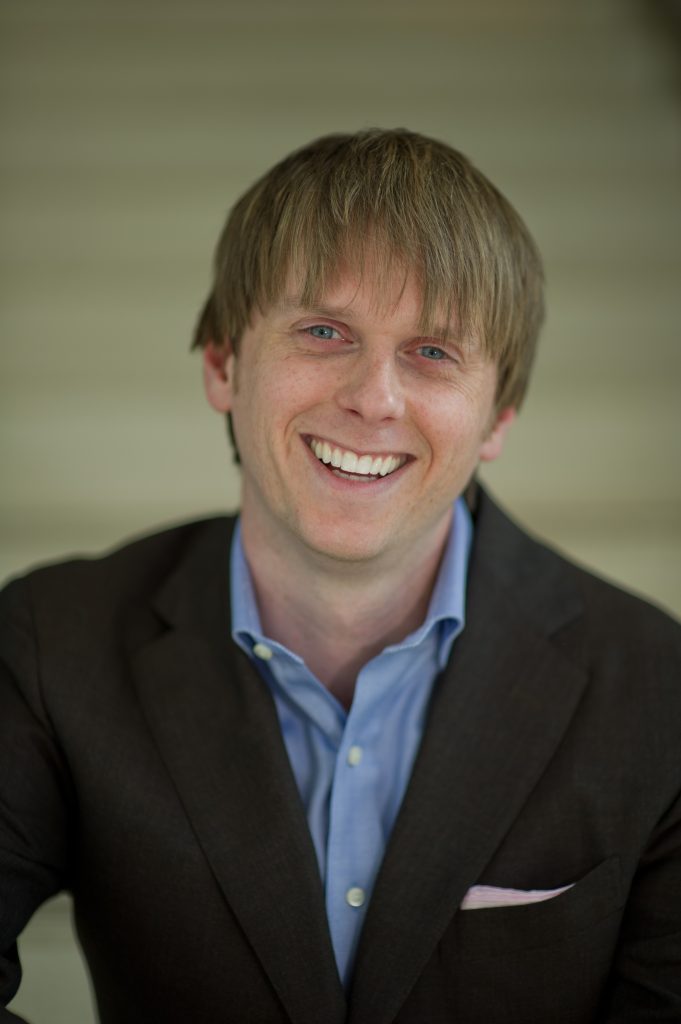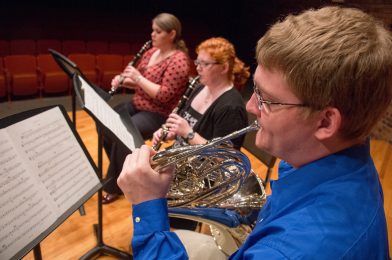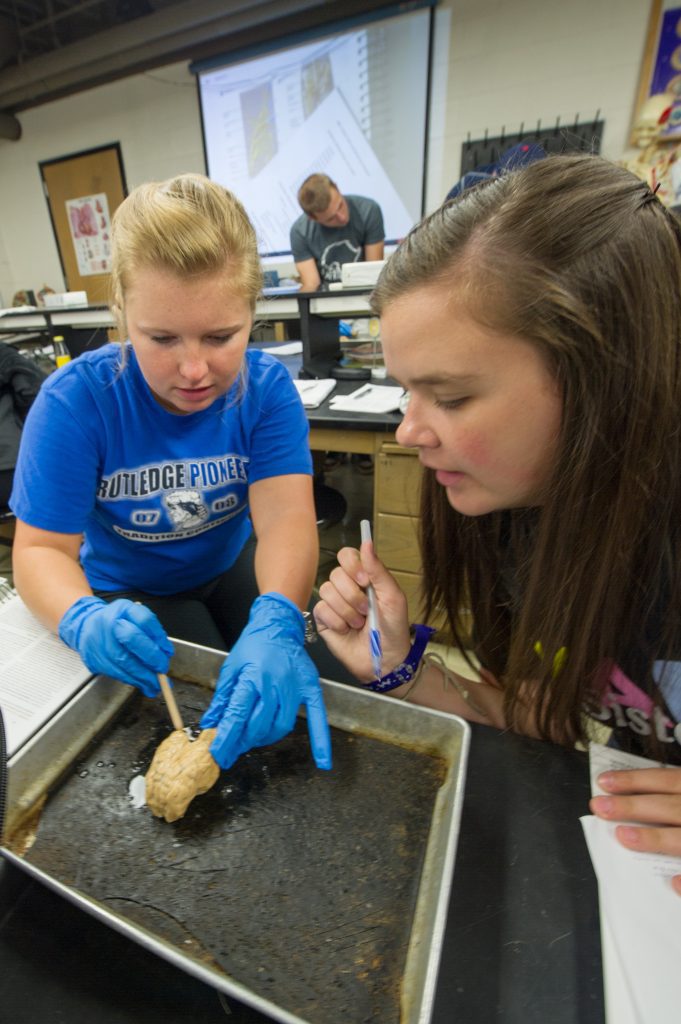| Nikon D3S, ISO 200, f/5.6, 1/125, & 300mm using an Alienbees 1600 Flash for fill flash. |
“What I need is a telephoto lens.” We’ve all said this. But, unfortunately, it doesn’t take long to discover we can’t get close enough to our subjects with a “normal” lens.
If you have kids in sports or the performing arts or your interest is photographing birds or wild animals, rules or common sense keep our subjects just too far away for interesting photos without a long lens.
Professional photographers reach for their telephoto lenses for the same reason – to fill the frame with the subject.
A professional photographer may use longer lenses to tie a subject to its soundings. In an earlier blog post (here), I talked about using wide-angle lenses to show a person in their environment. You can accomplish this by using remote control cameras before an event. For example, it would be safer to use a remote camera to take pictures of a lion feeding on the carcass up close.
Depth-of-field
One of the photographer’s most creative tools is controlling the depth of field. Depth-of-field is the area in focus in front of and behind the focus. Telephoto lenses have shallow depth-of-field as compared to wide-angle lenses. With either lens, the smaller the f-stop (f/16 vs. f/8), the deeper the depth of field. But, of course, the reverse is true. With either type of lens, the depth-of-field is shallower the more open the f-number (f/4 vs. f/5.6).


By controlling (limiting) the depth of field, you can force the viewer’s attention to only what you want them to see. For example, take a picture of a football receiver catching the ball. If everything were sharp (large depth-of-field), it would be difficult to distinguish the main subject from everything. However, if you were to make the picture using a telephoto lens with a shallow depth-of-field, the player and the ball would “pop.” The “pop” is because you would have isolated the player and the ball from the rest of the picture, thus calling attention to what you want the viewer to see.
Portrait photographers use medium telephoto lenses to call attention to the face and not the background in indoor and outdoor portraits.
When you increase the depth-of-field with a telephoto lens, more focus from the front to the back of the photo will make things appear close together from the foreground to the background. The wide-angle lens makes things appear farther apart. Objects in a photograph made with a telephoto lens make those objects appear closer together than in “real life.” The longer (more powerful) the lens, the closer together they will appear and closer to you. It’s a powerful tool. You can use it to make all kinds of statements.
Sports
A sports photographer may use this technique to show a baseball pitcher in his windup; the scoreboard in the background shows a total count and the bottom of the 9th; You can see, again from the scoreboard brought up close behind the pitcher, that it is a no-hitter. Now that’s storytelling and powerful photography because of the creative use of telephoto lenses and selective focus.
If the photographer had used a shallow depth-of-field, you couldn’t read the scoreboard or use a wide-angle lens; the scoreboard would have been too far away to read.
In portrait photography, a medium telephoto lens shows faces in a normal perspective compared to a wide-angle lens’s distortion. A moderate telephoto lens of, say, 80mm to 100mm lens on a 35mm camera will put you about five to seven feet from the subject for a head and shoulder photograph.
Wildlife
When photographing wildlife, the rule is to use a minimum 300 mm lens to fill the frame. You don’t want to be five to seven feet from nature. Wildlife photographers use 400mm, 500mm, 600mm, or even as long 800mm lenses.
When you shop for a telephoto lens, you’ll find many choices for the same focal length lens. Nikon makes lenses that cost a few hundred dollars to up to $25,000. The ƒ-stop (aperture) is a significant factor in the cost. The lower the number (faster the lens), the more expensive and heavier the lens.
Fast Lens
There are two advantages to faster lenses. First, faster lenses, like ƒ/2.8, allow taking photos in less light. A faster lens is essential for the wildlife photographer in the woods at dawn or dusk when the animals are out.
The second advantage of the faster lenses – they allow for a more shallow depth of field.
It is possible to rent these longer, faster lenses from some rental houses in major cities instead of buying them.
Before mounting a lens on your camera, ask yourself, “What do I want to say with this picture? What effect will help me to communicate this message to my audience?
What lens will it be?
When you reach for a telephoto lens, it may be for more than to make the subject appear closer. Just as wide-angle lenses not only include more stuff, any lens is a tool you can use to make your point.








